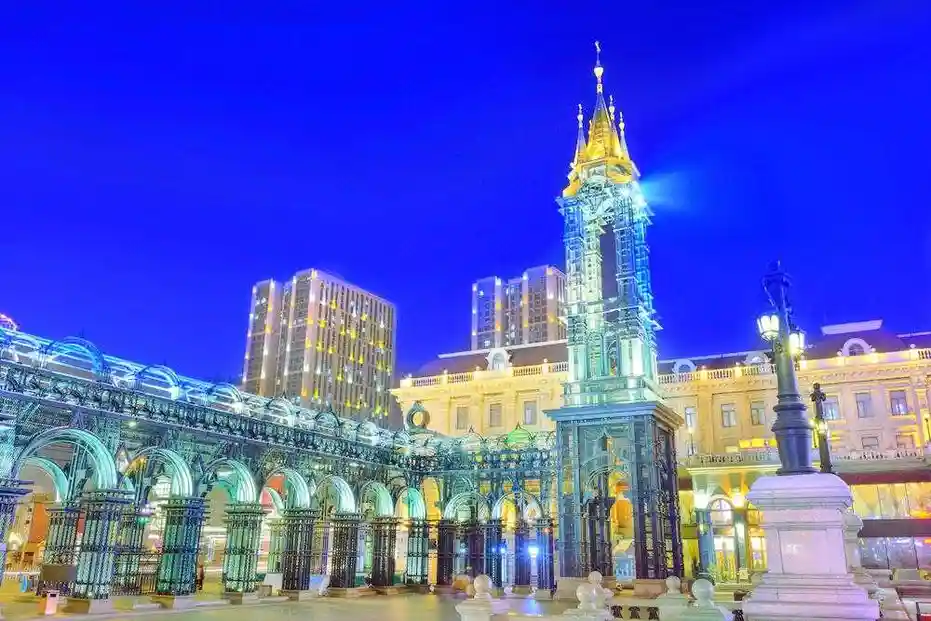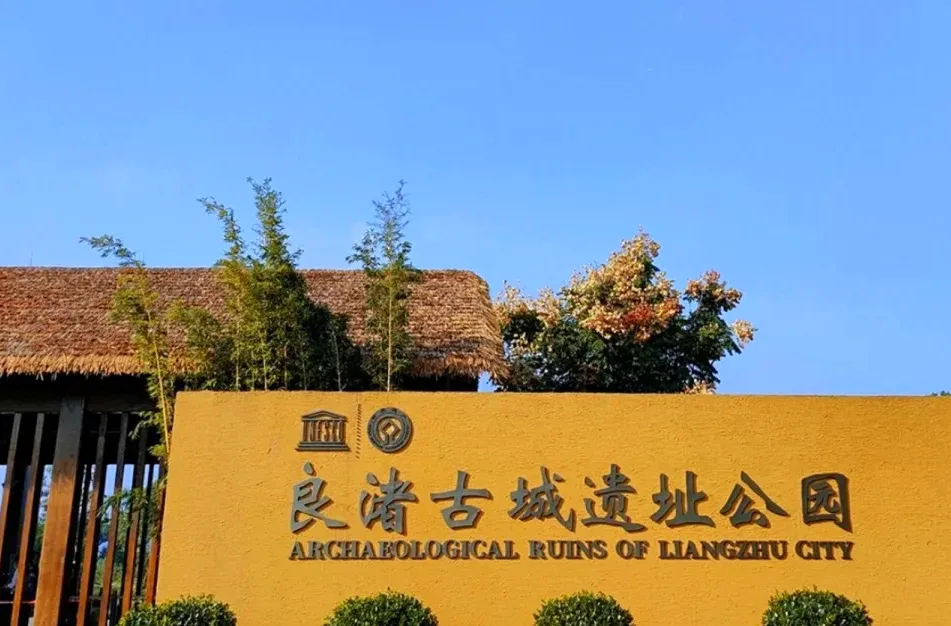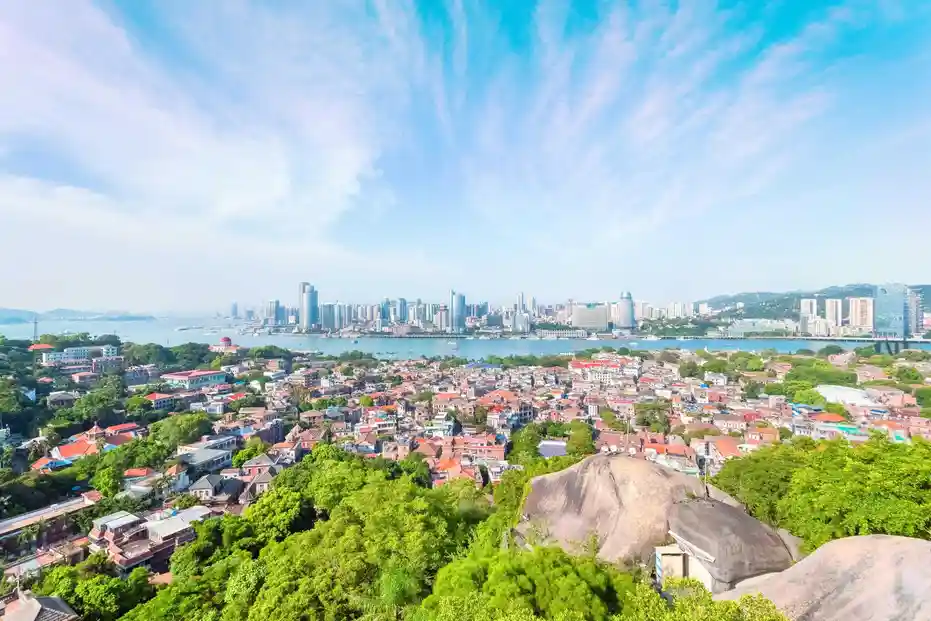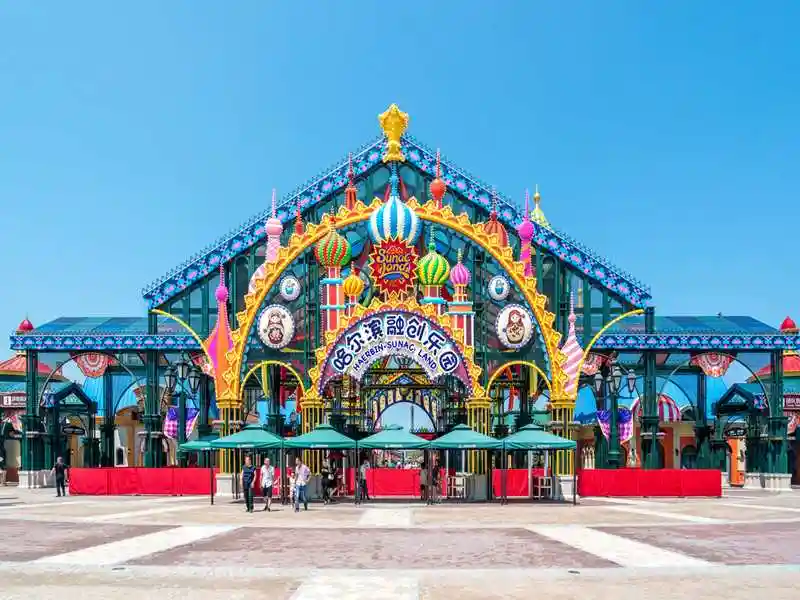Introduction
Harbin Sophia Square is more than just a city landmark—it’s a cultural heartbeat. Located in the heart of Harbin, China, this historic plaza blends Eastern and Western influences in a way few places can match. Surrounded by striking architecture and vibrant public life, it draws thousands of visitors each year.
The square centers around the iconic St. Sophia Cathedral, a symbol of Harbin’s Russian heritage. Built in the early 20th century, the cathedral stands as a silent witness to decades of change. Today, it houses a museum dedicated to the city’s architectural and cultural evolution.
For travelers and history lovers alike, exploring Harbin Sophia Square offers a unique window into a multicultural past. But beyond its visual appeal, the site holds deeper stories—of migration, faith, and urban transformation.
This article dives into the rich layers of Harbin Sophia Square. From its origins and architectural style to practical tips for visiting, we’ll cover what makes this destination essential. Whether you’re planning a trip or researching Chinese-Russian cultural intersections, this guide delivers valuable insights.
Let’s begin uncovering the legacy and charm of one of Northeast China’s most photographed locations.
A Glimpse into Harbin’s Historical Tapestry
Harbin’s story begins with the construction of the Chinese Eastern Railway in the late 1890s. As a key transport hub, the city attracted Russian engineers, merchants, and settlers. Their influence shaped Harbin’s urban landscape and social fabric.
By the early 1900s, Harbin had become a melting pot of cultures. European-style buildings rose alongside traditional Chinese structures. The presence of Orthodox Christianity grew rapidly, leading to the construction of several churches.
Among them, St. Sophia Cathedral emerged as a centerpiece. Completed in 1907, it served the growing Russian Orthodox community. Its location would later define the identity of the surrounding area—now known globally as Harbin Sophia Square.
The cathedral survived political shifts, including the mid-20th century exodus of Russians and periods of religious suppression. In the 1990s, it was restored and repurposed as the Harbin Architecture Art Gallery.
Today, the history of Harbin is visible in every brick and archway of the square. Understanding this background enriches any visit and deepens appreciation for its enduring significance.
The Architectural Marvel of St. Sophia Cathedral
St. Sophia Cathedral is a masterpiece of Byzantine and Russian Revival architecture. Its green onion-shaped domes and red-brick façade stand out against Harbin’s skyline. The main dome reaches 53.35 meters, making it the largest Orthodox church in East Asia.
Key design elements include:
- Four smaller domes surrounding the central cupola
- Intricate brick patterns and arched windows
- A bell tower capable of housing seven large bells
- Symmetrical layout reflecting Orthodox traditions
The structure uses reinforced brick masonry, a technique uncommon in traditional Russian wood-based churches. This adaptation helped it withstand Harbin’s harsh winters and seismic activity.
Architecturally, the cathedral blends Eastern Orthodox symbolism with local materials and craftsmanship. For example, the use of Harbin-produced bricks gave the building a distinct regional character while maintaining stylistic authenticity.
After decades of neglect, restoration work in the 1990s preserved its original form. Engineers used historical photos and blueprints to ensure accuracy. Today, visitors can admire both exterior grandeur and interior exhibits on regional architecture.
The cathedral isn’t just a relic—it’s a living example of cross-cultural engineering and aesthetic fusion.
Cultural Significance of Harbin Sophia Square
Harbin Sophia Square represents more than architectural beauty. It symbolizes the city’s identity as a bridge between China and Russia. For locals, it’s a source of pride and a reminder of Harbin’s cosmopolitan roots.
Throughout the year, the square hosts cultural events that reflect this heritage:
- International Snow Sculpture Festival previews
- Russian music performances
- Photography exhibitions
- Traditional craft markets
These activities transform the space into a dynamic cultural venue. They also attract domestic and international tourists, boosting local engagement.
The surrounding area features bilingual signage and Russian-inspired street furniture. Even the pavement design echoes patterns found in Moscow and St. Petersburg.
Moreover, the square plays an educational role. Inside the cathedral-museum, displays explain how foreign architectural styles were adapted in northern China. Interactive panels show before-and-after images of Harbin’s historic districts.
In essence, Harbin Sophia Square functions as both a monument and a museum—a place where history is not only preserved but actively shared.
Visiting Harbin Sophia Square: What You Need to Know
Planning a visit? Here’s what to expect when exploring Harbin Sophia Square.
Opening Hours:
The square is open 24/7, but the cathedral museum operates from 8:00 AM to 5:00 PM (last entry at 4:30 PM). Closed on Mondays.
Admission Fee:
Approximately ¥20 for adults. Students and seniors may receive discounts.
Best Time to Visit:
– Spring (May–June): Mild weather, fewer crowds
– Winter (December–February): Magical snow-covered views, peak tourist season
Accessibility:
The site is wheelchair-friendly with ramps and accessible restrooms. Audio guides are available in English and Russian.
Pro tip: Arrive early in the morning or late afternoon for soft lighting—ideal for photography. Avoid weekends during holiday seasons if you prefer quieter visits.
Wear warm clothing in winter. Harbin’s temperatures often drop below -20°C (-4°F), especially at night.
Nearby Attractions and How to Combine Your Visit
Harbin Sophia Square sits in the Daoli District, one of the city’s most walkable areas. Several notable sites are within a 15-minute radius.
Consider pairing your visit with these nearby attractions:
| Attraction | Distance | Why Visit? |
|---|---|---|
| Central Street (Zhongyang Dajie) | 800m | Pedestrian boulevard with欧式 architecture, cafes, and shopping |
| Harbin Railway Station | 1.2km | Historic station building with Russian design elements |
| St. Nicholas Art Space | 1.5km | Reconstructed Orthodox chapel turned art gallery |
| Songhua River Scenic Area | 2km | Riverside park with ice sculptures in winter |
Many tourists follow a loop: start at Central Street, walk to Harbin Sophia Square, then continue toward the riverfront. This route showcases the best of Harbin’s historical core.
Local food options abound. Try Russian-Chinese fusion dishes like beef pie (guyuebing) or sour cabbage stew at nearby restaurants.
Seasonal Highlights Around the Plaza
The character of Harbin Sophia Square changes with the seasons. Each time of year brings unique experiences.
Winter transforms the plaza into a frosty wonderland. Snow blankets the domes and lawns. The annual Ice and Snow Festival lights up the surroundings with colorful LED displays. Visitors often gather here for evening light shows.
Spring breathes new life into the square. Cherry blossoms bloom along the pathways. Local artists set up temporary stalls selling handmade crafts.
Summer offers long daylight hours and outdoor concerts. The fountain in front of the cathedral becomes a popular photo spot. Tour groups frequently stop here as part of city tours.
Autumn paints the trees in golden hues. Fewer tourists mean peaceful strolls and better photo opportunities. The crisp air adds comfort to sightseeing.
No matter the season, the atmosphere remains welcoming. Seasonal variations enhance rather than overshadow the site’s timeless appeal.
Photography Tips for Capturing the Moment
Harbin Sophia Square is a favorite among photographers. To capture its essence, consider these tips:
Use a wide-angle lens to frame the entire cathedral with the square in foreground. Early morning light reduces harsh shadows and enhances texture in the brickwork.
Golden hour (shortly after sunrise or before sunset) provides soft, warm illumination. Blue hour—the period just after sunset—highlights the cathedral’s illuminated domes against a dark sky.
For creative shots:
- Shoot through tree branches for natural framing
- Capture reflections in puddles after rain or snowmelt
- Include people for scale and movement
Avoid using flash inside the museum. Tripods may require permission—check with staff first.
Smartphone users should enable HDR mode for balanced exposure. Editing apps can enhance contrast and bring out details in the domes.
Whether amateur or professional, your camera will find endless inspiration at Harbin Sophia Square.
Preservation Efforts and Future Outlook
Maintaining Harbin Sophia Square is an ongoing effort. Exposure to cold, moisture, and pollution threatens the aging brickwork. Regular inspections monitor structural integrity.
Conservation teams use non-invasive techniques such as laser cleaning and humidity control. These methods preserve original materials without damaging historic surfaces.
City planners aim to balance tourism growth with heritage protection. Recent upgrades include improved drainage and visitor flow management.
Looking ahead, there are plans to digitize archival records and create virtual tours. This will make the site accessible to global audiences who cannot travel.
Additionally, educational programs target schools and universities. The goal is to foster local stewardship of cultural landmarks.
With thoughtful management, Harbin Sophia Square can remain a vibrant symbol for generations to come.
Conclusion: Why Harbin Sophia Square Matters
Harbin Sophia Square is more than a tourist attraction. It’s a testament to cultural exchange, architectural innovation, and urban resilience.
From its Russian Orthodox origins to its current role as a public museum and gathering space, the site tells a layered story. Each visit reveals new details—whether in the curve of a dome or the echo of history in its halls.
Travelers should take time to appreciate both the grandeur and the subtleties. Learn about the people who built it, the communities it served, and how it survived change.
If you’re visiting Harbin, don’t rush through the square. Sit on a bench, observe daily life, and let the atmosphere sink in. Pair your visit with a walk down Central Street or a warm drink at a nearby café.
For those unable to visit, explore online resources or virtual exhibits. The legacy of Harbin Sophia Square transcends geography.
In preserving places like this, we honor not just the past—but the connections that shape our shared future.



